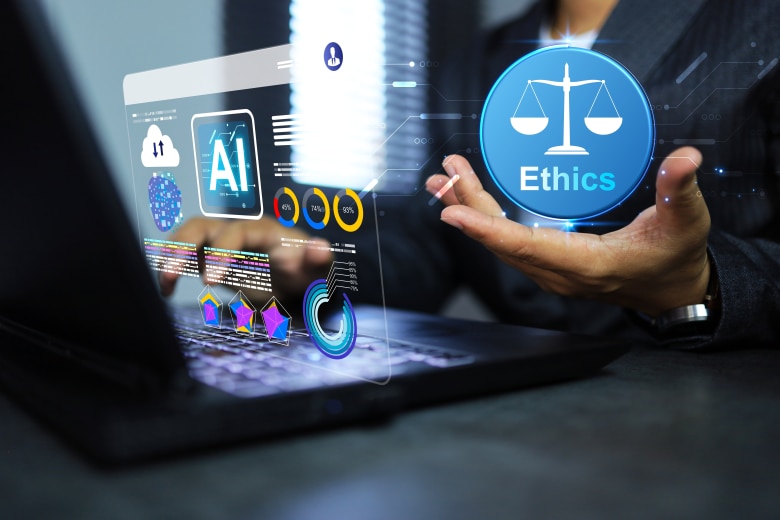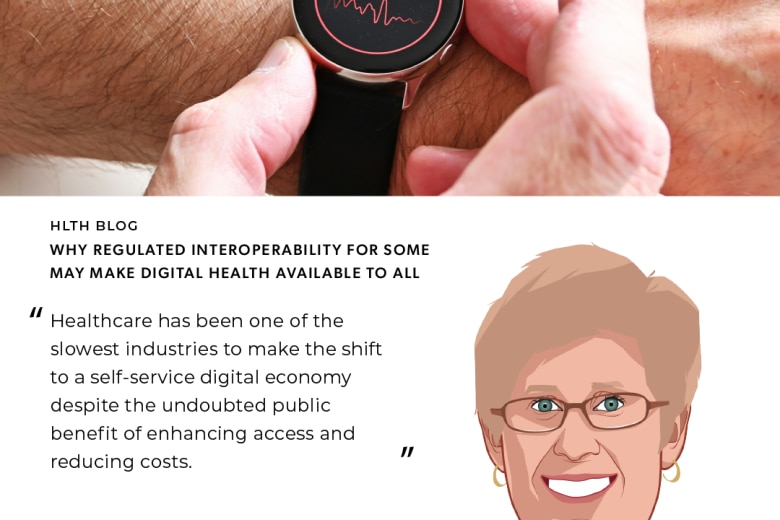I was pregnant with my second child when my father suffered the first of several major strokes that led to his passing. Over the course of a few weeks, as he rapidly declined, he lost his vision, and his ability to communicate. Standing by his bed during his last few days, I was horrified by my inability to relieve his apparent suffering, despite assurances from the nursing team that he was unaware. How could they be so sure I wondered?
I’ve written about those final days elsewhere, but remembered them again at HIMSS when I met the team from PainChek, one of several innovative young companies – eNose, Polygon Health, SpeechMED, and Heartbeat Health - that joined us in our booth, along with the likes of AWS, the team from the VA, and our longtime friends at Hixny.
PainChek uses a combination of photographic imaging and AI to assess pain for those who cannot reliably verbalize pain. Patients might be in a coma, suffering from dementia, or pre-verbal infants. The app leverages the Facial Actions Coding System (FACS) to document discrete facial movements, or micro-expressions, known as Action Units that are associated with muscle relaxation or contraction, and associated with joy, anger, or in this case, pain. They also have a questionnaire format and numerical rating score for those who can articulate their pain levels.
Like the breath-based diagnostics of eNose, or the home-care digital nurse of Pria, it is pretty cool technology – but to change the future of health, we need more than standalone solutions – we need connected health IT.
I was asked recently to comment on the impact of digital health solutions to our health system. Overall, I’m incredibly excited about the promise of untethering patients from medical facilities, supporting care in the home, and providing less invasive yet more rapid and reliable diagnoses. But the risk is that we fragment the view of the patient if we do not connect up systems to the larger health data ecosystem. That is why the VA VDIF project it so exciting – it creates comprehensive longitudinal veterans’ health records from all their care settings. It’s why regional health network Hixny supports social care referrals beyond the provider setting. It is why startup Pria is using InterSystems Health Connect Cloud to move data between the EHR and its home health hub. And why PainChek is using InterSystems IRIS for Health as the basis of its next iteration of the PainChek app – a pain score is just one element of a patient record and needs to be viewed in the context of the whole and needs to be part of the EHR.
Had PainChek been available during my father’s final days, I might have been able to know reliably that he, in fact, was not suffering. More importantly, if he was, his pain might have been more rapidly and effectively controlled. We’ll never know. What we do know is that the innovation of today, and the data we gather and learn from, is going to enable us to care for the future in ways we can only imagine!
Join us in Hollywood, Florida, June 5, for the
InterSystems Healthcare Leadership Conference, an executive level conversation on the theme of Caring for the Future. Request your invitation today!




































